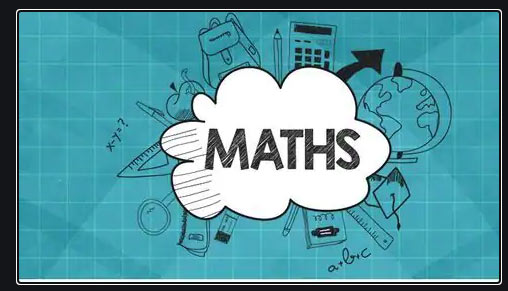Who named Associative Property?
“W. R. Hamilton” (Cajori 1919, page 273) named this property as Associative Property for the very first time.
Definition
Associative as the name indicates says grouping. The origin of the term associative is from the word “associate”. Basic mathematical operations which can be carried out utilizing associate property are addition and multiplication. This is normally applied to more than 2 numbers.
Associative Property of Addition
Associative property explains that the addition of numbers is possible regardless of how they are grouped. By grouping, we indicate the numbers which are presented inside the parenthesis ().
Notation
In the terms of a real number a, b and c, this property can be denoted as:
a + (b + c) = (a + b) + c
Example:
Suppose you have three numbers like 5, 7 and 9.
5 + (7 + 9) = (5 + 7) + 9 5 + (16) = (12) + 9 21 = 21
Hence, the Associative Property of Addition is proved.
Another Example of Associative Property of Addition
Three Numbers including Negative Integer. such as -2, 6 and 5
-2 + (6 + 5) = (-2 + 6) + 5 -2 + (11) = (4) + 5 9 = 9
Associative Property of Addition is proved.
Associative Property of Multiplication
Associative property explains that multiplication of numbers is possible regardless of how they are grouped. By grouping we mean the numbers which are given inside the parenthesis ().
Notation
In the terms of a real number a, b and c, this property can be denoted as:
a * (b * c) = (a * b) * c
Example:
Suppose you have three numbers like 2, 3, and 5.
2 * (3 * 5) = (2 * 3) * 5 2 * (15) = (6) * 5 30 = 30
Hence, the Associative Property of multiplication is proved.
Another Example
Three Numbers including Negative Integer. such as -2, 6 and 5
-2 * (6 * 5) = (-2 * 6) * 5 -2 * (30) = (-12) * 5 -60 = -60
The Associative Property of multiplication is proved.

